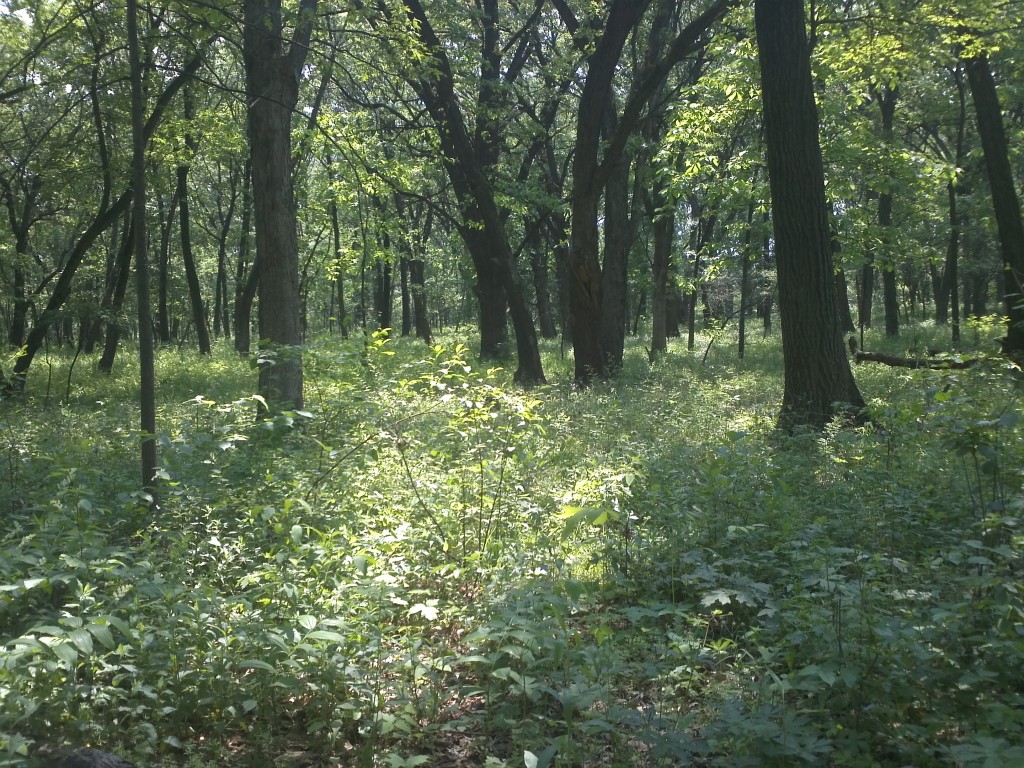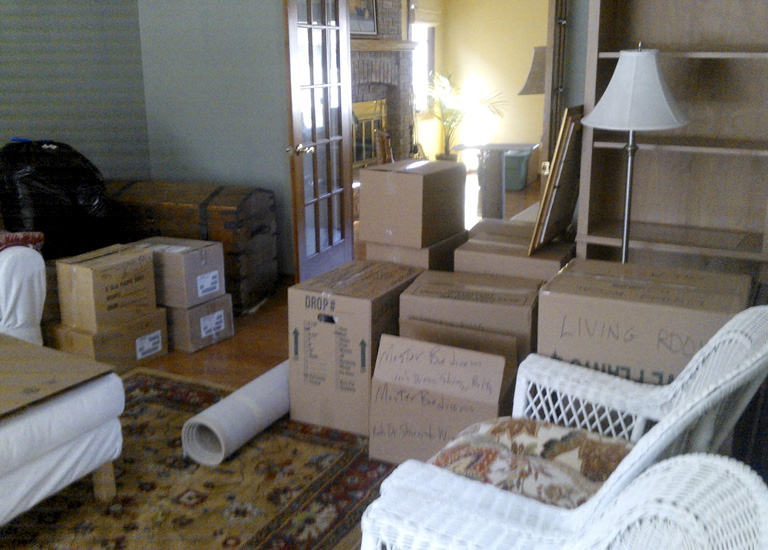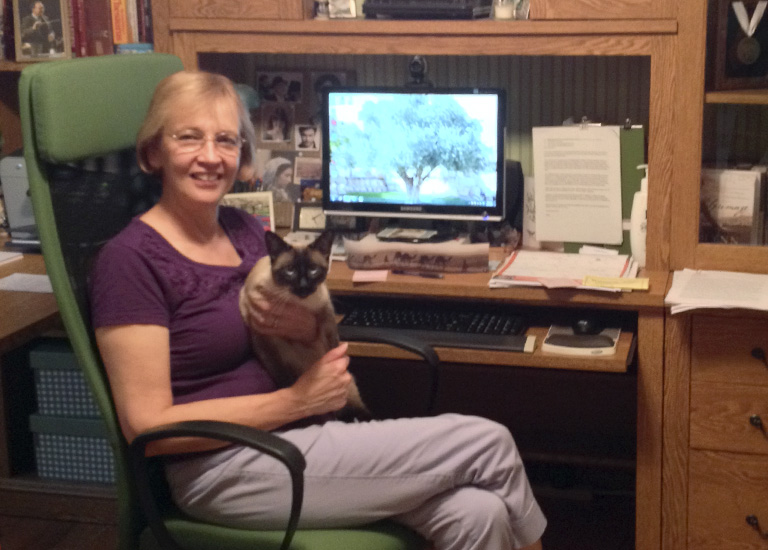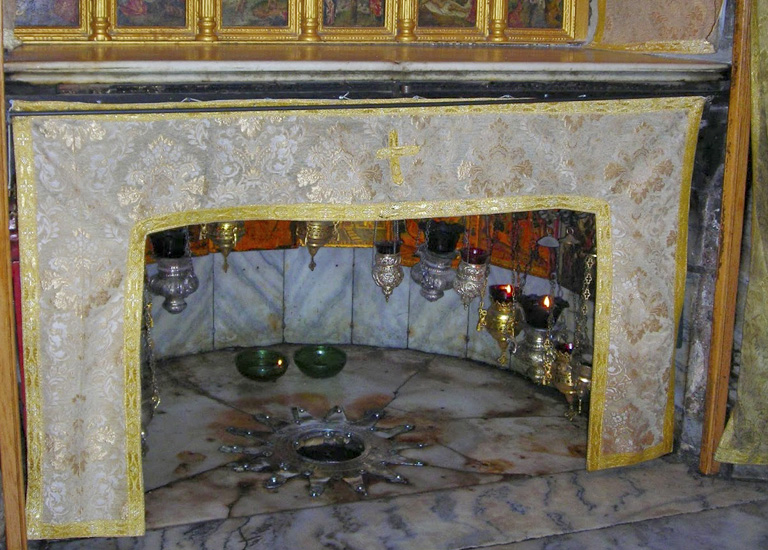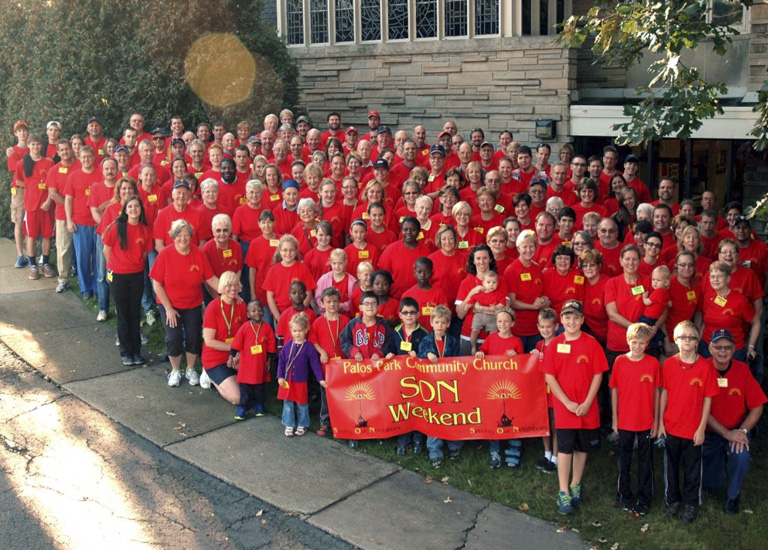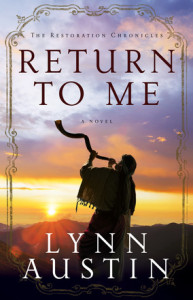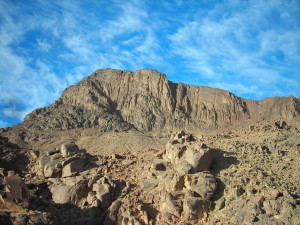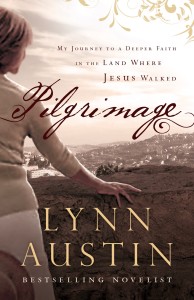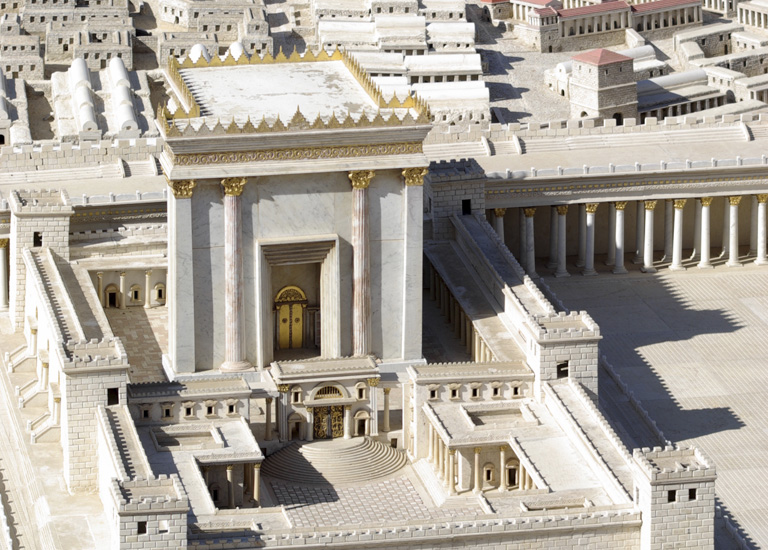Life Lessons
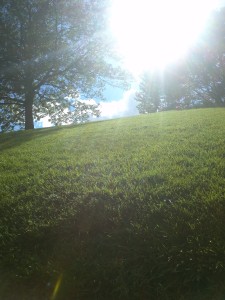 I attended a funeral recently for a man I didn’t know well. His daughter is a friend from church, his wife a friend from book club. “It is better to go to a house of mourning,” scripture says, “than to go to a house of feasting, for death is the destiny of every man; the living should take this to heart” (Ecclesiastes 7:2). I need a reminder, every now and then, of how short time my time on earth is, so I’ll make every day count. Ron’s funeral reminded me of some important life lessons.
I attended a funeral recently for a man I didn’t know well. His daughter is a friend from church, his wife a friend from book club. “It is better to go to a house of mourning,” scripture says, “than to go to a house of feasting, for death is the destiny of every man; the living should take this to heart” (Ecclesiastes 7:2). I need a reminder, every now and then, of how short time my time on earth is, so I’ll make every day count. Ron’s funeral reminded me of some important life lessons.
1) Life is hard—don’t whine about it. Ron grew up with seven siblings and little money. To help out, he assisted his brother with his paper route so he could buy a bicycle and start his own route. Ron worked hard and finally bought a bike—and that very day a car backed over it and destroyed it. What did Ron do? He started all over again, working to save for another bike. As an adult, he applied the same work ethic and perseverance to start his own business, slowly growing it over the years.

I admit I’m a whiner. I love telling sob stories so everyone will feel sorry for me. But the trials we face build character—and often reveal our character. Yes, life is hard…but God is good.
2) People Matter. Ron’s office manager gave one of the most touching eulogies. “He was more than my boss,” she said. “He was a father to me, and a friend.” People were very important to Ron. Even the doorman from his condominium attended his funeral, weeping throughout the service. Ron knew when to leave work behind and spend time with family, attending their sporting events and programs, taking vacations together. His “family” grew into a huge extended one with plenty of love to go around.
People matter to God, and therefore they should matter to me. Is my heart large enough to encompass all the people God sends my way—including the doorman?
3) Our legacy. Ron was generous with his time, his money and his possessions. He and his family chose “birthday verses,” using the month and day of their birth to select a Bible passage that spoke to their heart. Ron chose 2 Corinthians 9:6-7: “Whoever sows sparingly will reap sparingly, and whoever sows generously will reap generously…for God loves a cheerful giver.” Ron loved buying gifts for his family and was generous to strangers, as well. His wife had to restrain him from over-tipping in restaurants.
 Am I living a life of generosity or sowing sparingly? As I sifted through my closets and storage rooms in preparation for our move, I was struck by the sheer amount of stuff I had stashed away. Why didn’t I donate it years ago?
Am I living a life of generosity or sowing sparingly? As I sifted through my closets and storage rooms in preparation for our move, I was struck by the sheer amount of stuff I had stashed away. Why didn’t I donate it years ago?
We’ve heard these truths before, in many forms: Jesus’ parable of the Rich Fool who needed to build larger barns for all his stuff; Lazarus and the rich man whose concern for his family’s spiritual life came much too late. And remember Jesus’ words about not storing up treasures on earth? There are no U-Haul trailers behind hearses.
The legacy I leave behind doesn’t consist of my possessions or the money leftover in my retirement account after I’m gone. I’m building a legacy every day with all the seemingly minor choices I make, the priorities I choose, and the way I treat people. And when I graduate to heaven, I hope I’m remembered for showing the love of Christ to others.
- 2588
- 0
- 0

